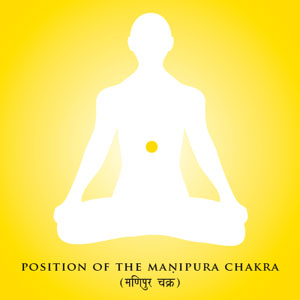 |
| Lead another writing meditation. |
We are well into week 7 of training now and with just under a month to go, my excitement over the prospect of teaching is growing exponentially each day. I'm confident that I will be a knowledgeable, caring and creative instructor, though I'm sure there will be some hiccups along the way. Speaking of hiccups, I lead a writing meditation this past Friday night that I'm not quite sure went over the way I'd hoped for.
During my MFA program at Lesley University, I was lucky enough to take a seminar with the wonderfully talented YA author Anita Riggio. Her seminar, entitled "Finding True North" is designed so the writer (or student as it were) is able to clear the mind in order to access a deeper, truer part of themselves which will strengthen and inform future pieces of writing. Anita does this by having the students close their eyes and practice breath awareness for a few minutes, deepening the breath with each inhale and exhale. Essentially, a Pranayama exercise. She then leads the students through a guided meditation, asking the student to envision themselves in particular, extremely detailed environments where people specific to each person are encountered. Towards the end of the guided portion, Anita offers a phrase to the writer that upon opening their eyes, they should begin writing with. For example, one of the writing exercises involves the writer considering the perspective of the most meaningful person in their life, the exercise then begins with the phrase "I always meant to tell you." The writer then spends an hour or so engaging in stream of consciousness writing. Is this making sense? You can download the actual seminar (Which I HIGHLY recommend, be you writer or meditator or both!) here. There are about five different exercises in the seminar.
Well, dear reader, I attempted to truncate this seminar and conduct it with my fellow trainees as the opening to a class. My intention was that the exercise would focus on Svadhyaya or study of the self/internal reflection, a Niyama we've been studying. And while I think I achieved that purpose, I also think I managed to totally bring everyone DOWN in the process. At Lesley, it was a fairly positive experience. People wrote from a wide range of emotions. But by the end of my attempt, everyone just sort of sat either stone faced, or dare I say even a little irritated. But hey, I took a chance. It didn't work out exactly the way I'd hoped but I went for it. Maybe this is a "know your audience" lesson learned. I'll keep it a bit lighter next time.
| Happy! |




